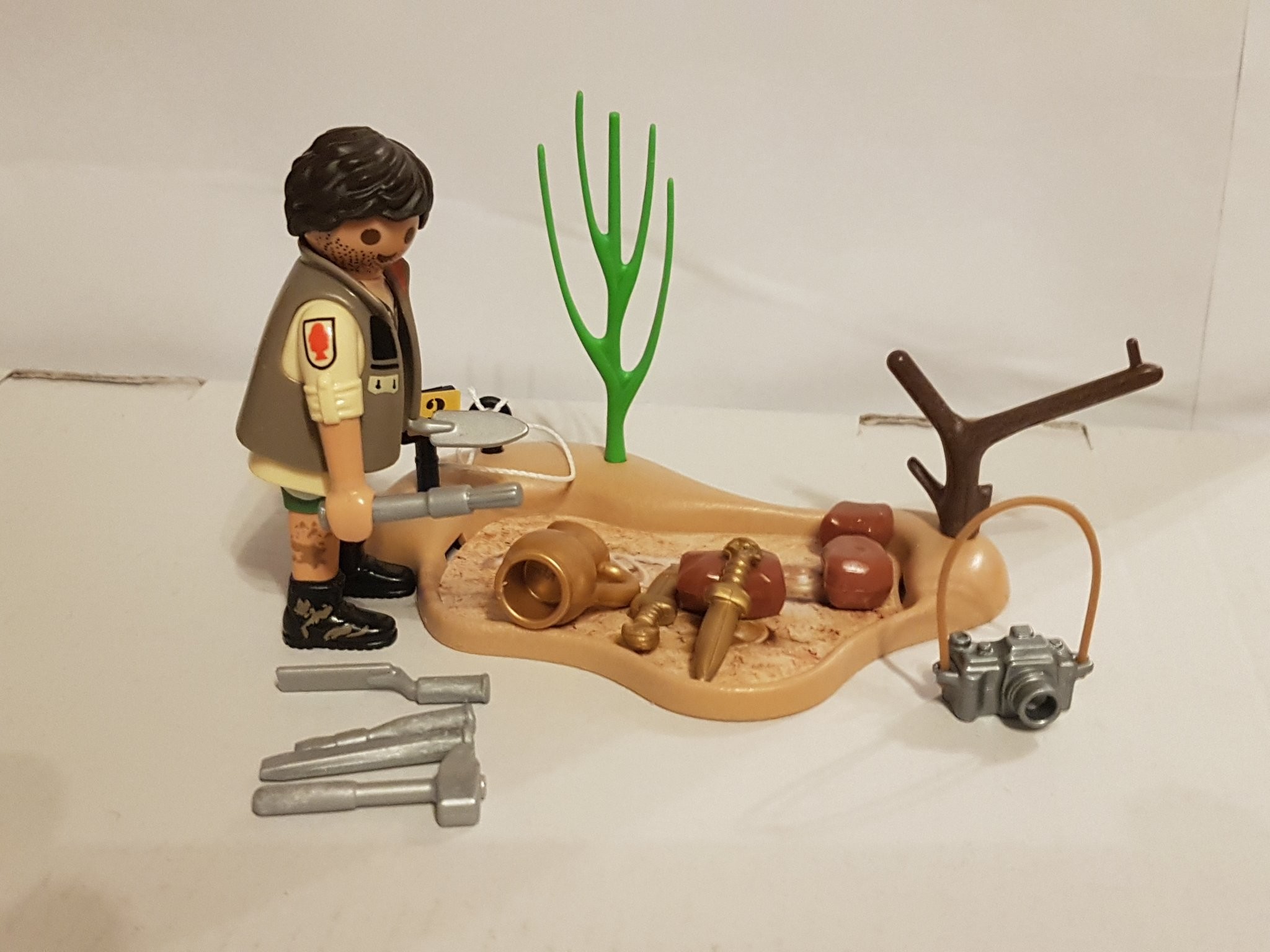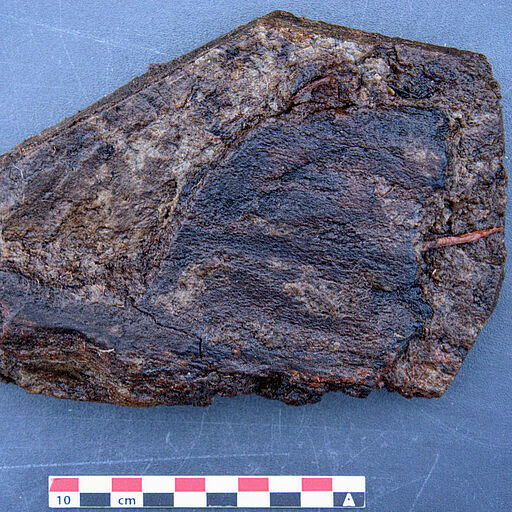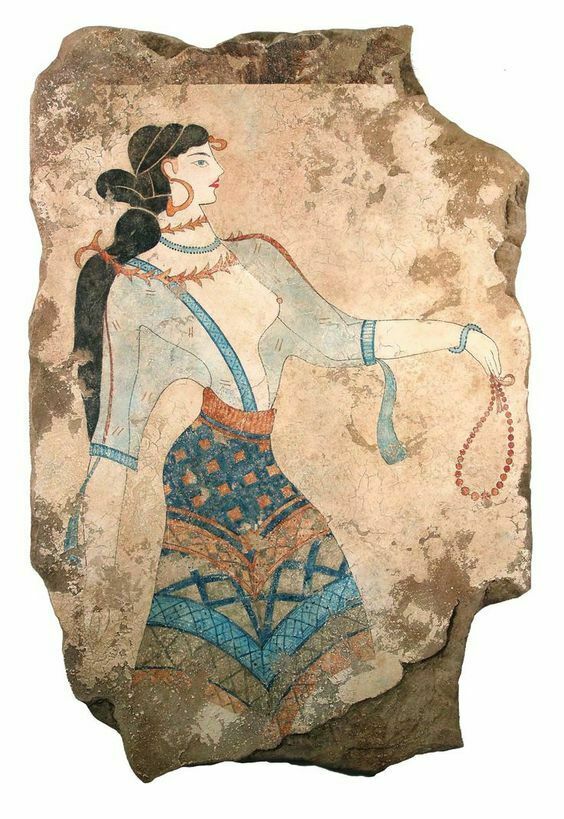Evidence of early kitchen culture found in Türkiye's Karahantepe - Türkiye Today https://www.turkiyetoday.com/culture/evidence-kitchen-karahantepe-65017/
5 Likes
2 Comments
1 Shares
Evidence of early kitchen culture found in Türkiye's Karahantepe - Türkiye Today https://www.turkiyetoday.com/culture/evidence-kitchen-karahantepe-65017/
Netflix’s Ancient Apocalypse peddles the idea that we have overlooked an extraordinary ancient civilisation. Flint Dibble explains why that is wrong, and why real archaeology is more exciting
well, croft and jones are just fiction, this here is real!
#achäologie #archaeology #archéologie


For #InternationalArchaeologyDay a somewhat clichéd representation 😉. Have a great day!
https://social.anoxinon.de/@ninawillburger/113334943191807862 ninawillburger@social.anoxinon.de - For #InternationalArchaeologyDay a somewhat clichéd representation 😉. Have a great day!
In Baden-Württemberg haben Archäologen eine 2.600 Jahre alte, vollständig erhaltene Grabkammer aus der Zeit der Kelten entdeckt. Einen solchen Fund gab es in Mitteleuropa erst einmal. Nun geht es an die aufwendige Restaurierung.
Wow!
#archaeology
https://www.tagesschau.de/inland/regional/badenwuerttemberg/riedlingen-grabkammer-kelten-100.html
This explains why Radio Cairo always sounds like shit.
♲ Athena - 2024-10-18 17:37:16 GMT
The Grand Egyptian Museum is already making history before even fully opening! With 12 massive galleries filled with priceless artifacts, it’s the largest museum in the world dedicated to a single culture. Spanning 700,000 years of history, this $1 billion museun is set to impress.nbcnews.com/news/world/700000-…
Can’t wait to stream the Expedition Unknown episode tomorrow. Last week, we learned from an inscription found on a desert cliff that a Mesopotamian king was responsible for uniting the Nabateans and turning them from nomads to the people who carved the impressive stone city in the desert of Jordan. #archaeology
https://news.artnet.com/art-world/tomb-found-beneath-indiana-jones-location-2553313
An unexpected discovery was made on the beach near the resort of Saints Constantine and Helena, located on Bulgaria’s northern Black Sea coast, when an ancient sarcophagus from the Roman era was found unattended.
Lol image you make holidays on the beach and suddenly, you tumble about this thing. How the hell did it get there? I mean someone must have dumped it there
https://archaeologymag.com/2024/07/roman-era-sarcophagus-discovered-on-bulgarian-beach/
eigentlich müsste ich mich ja mal mit docker beschäftigen. oder auch meine ansible-kenntnisse etwas auffrischen. ich müsste mein heim-lab mal wieder zum laufen bringen.
aber das ist ja arbeit. und es ist langes wochenende. das hier ist etwas spaß fürs lange wochenende, zweckfreie lektüre ...
#archäologie #archaeology #archéologie #dai #IstanbulerMitteilungen


📕Neu erschienen:
Band 73 (2023) der #IstanbulerMitteilungen, mit zahlreichen Beiträgen, die von der neolithischen Architektur Ostanatoliens über die römische Kaiserzeit an der Westküste Anatoliens bis zur byzantinischen Bauskulptur Phrygiens reichen.
wow! mesolithische paddel, mesolitische gräber ... sehr faszinierend. das sieht nach einer wirklich interessanten lehrgrabung aus ..
#archäologie #archaeology #archéologie #mesolithikum #DuvenseerMoor

Paddel, Fischspeere und Steinbeile – Neue Erkenntnisse aus der Steinzeitsiedlung im Duvenseer Moor
Um Einblicke in die Lebensweise und Mobilität der Menschen zu gewinnen, die vor etwa 10.500 Jahren am Rand des Duvenseer Moors lebten, wurden die archäologischen Untersuchungen an der mittelsteinzeitlichen Fundstelle Lüchow LA 11 im Kreis Herzogtum Lauenburg, Schleswig-Holstein, erfolgreich fortgesetzt. Vom 29. Juli bis 20. September 2024 erforschte ein Team des Leibniz-Zentrums für Archäologie (LEIZA) erneut das Gelände, das seit dem Fund der ältesten Bestattung Norddeutschlands vor zwei Jahren zu einer der wichtigsten Forschungsregionen im nördlichen Europa zählt. Ein Highlight der diesjährigen Kampagne war der Fund eines Paddelbruchstücks, das auf frühe Mobilität auf Gewässern hinweist.

Poised atop a column of Egyptian granite, the bronze “Lion of Venice” looks out on the sprawling Piazzetta San Marco. The massive statue has been a symbol of the Italian city since at least 1293 and is connected to the patron saint of Venice, Mark the Evangelist, often symbolized as a lion. However, a new study of the winged leonine artwork’s lead isotopes reveals that a major part of the statue is made of bronze from 8th-century China. Led by scholars from the University of Padua and the International Association of Mediterranean and Eastern Studies, the findings point to the global nature of trade during the Middle Ages and the impressive reach of arts from China’s Tang Dynasty (618–907 CE). It also underscores the increasing importance of isotopic analysis within art history.
https://hyperallergic.com/951602/is-the-lion-of-venice-actually-from-china/
Digging Into the Ancient Apocalypse Filming Controversy https://www.sapiens.org/archaeology/ancient-apocalypse-national-parks-hopi-tribe/
Many scholars have heavily criticized Hancock’s theory as pseudoscience that lacks any evidence. Like conspiracy theories about aliens building ancient monuments, Hancock’s views carry racist implications—explicitly championed by white supremacists—that Indigenous peoples were not the source of their own cultures, technologies, and monuments.

#archaeology #minoan #art
@Christoph S
I love the bare breasted fashion. And, the colors match my avatar.
Minoan Fresco
Alison Fisk on X: "Something lovely for the weekend! Marvellous Minoan pots with octopus decoration made by artisans from Bronze Age Crete about 3,500 years ago! 🐙❤️ Heraklion Archaeological Museum. Photos my own. #Archaeology https://t.co/Xm1dbruccy" / X
@girlofthesea@diasporasocial.net For upcoming #tentacletuesday
German archaeologists made an unexpected discovery in an excavation of Molkenmarkt, the oldest square in Berlin: a 17th century Japanese short sword. It was found in the winter of 2022 in the former cellar of a residential building destroyed in World War II. At that time, archaeologists thought it was a military parade sword, and only realized its far more exotic origins after conservation uncovered its details.
#archaeology #japan
This is an exceptional find!